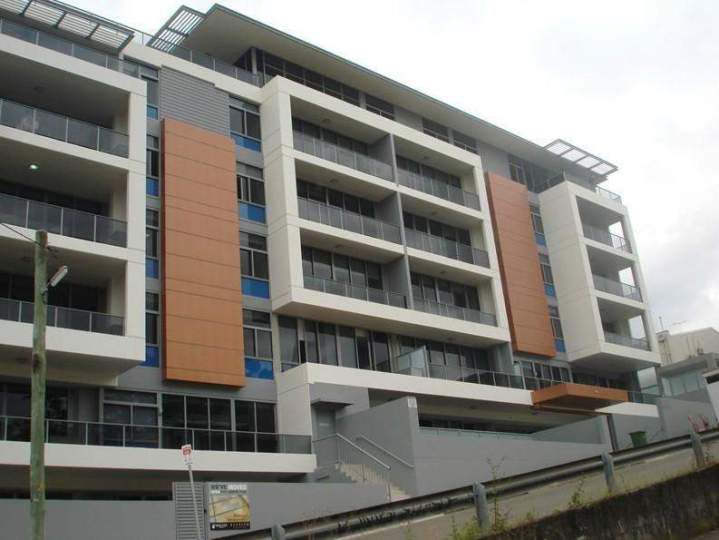How Do Cladding Systems Handle Moisture And Condensation?

Moisture and condensation can silently damage a building if not properly managed. The right cladding system channels water away and allows ventilation, keeping your exterior dry and protected.
How Do Cladding Systems Handle Moisture And Condensation?
Proper management of moisture and condensation is a critical function of any high-quality cladding system. Aluminium and aluminium composite panels, such as Alucobond and Alpolic, are designed to work with ventilated façades and weather-resistant barriers, creating an effective drainage and airflow layer behind the exterior surface. This setup prevents water from penetrating the building structure, while allowing trapped moisture to escape, reducing the risk of mould, rot, and structural damage. The choice of panel orientation, joint design, and installation technique further enhances moisture control.
For expert guidance and professional installation of aluminium cladding systems that keep your building dry and secure, contact TD Cladding Supplies Pty Ltd today.
What Design Features Help Cladding Handle Heavy Rainfall?
Heavy rainfall can test the resilience of any building exterior, which is why the design features of a cladding system are so important. Aluminium and aluminium composite panels, such as Alucobond and Alpolic, are often paired with ventilated rainscreen systems that create an air gap behind the panels, allowing water to drain and evaporate quickly. Overlapping panels, sealed joints, and precision-engineered trims prevent water ingress at vulnerable points like corners, windows, and doors. Panel orientation and slope also help guide water away from the façade.
For expert advice and professional installation of aluminium cladding systems designed to withstand even the heaviest rain, contact TD Cladding Supplies Pty Ltd today.